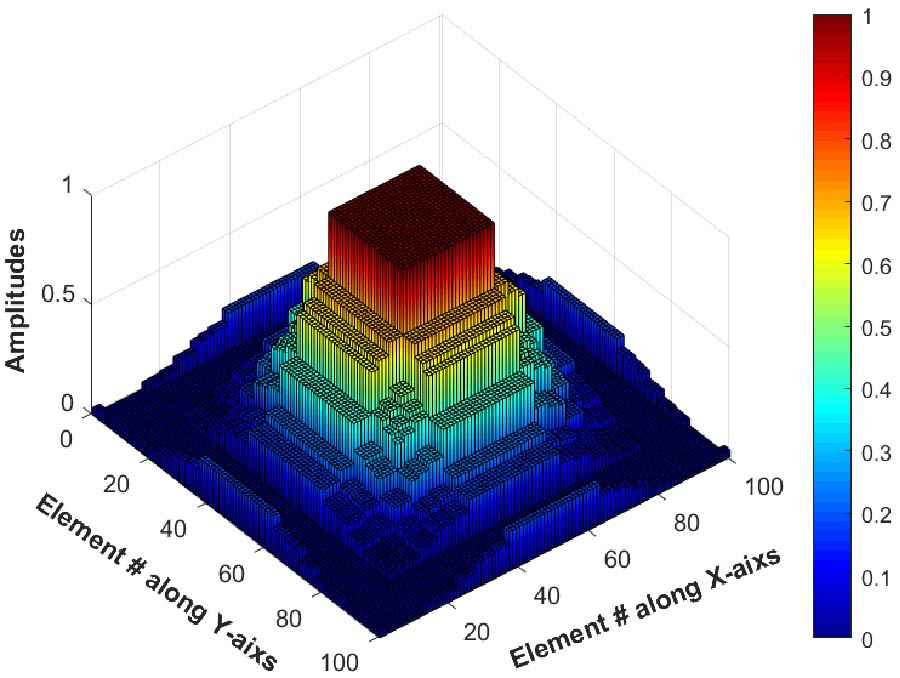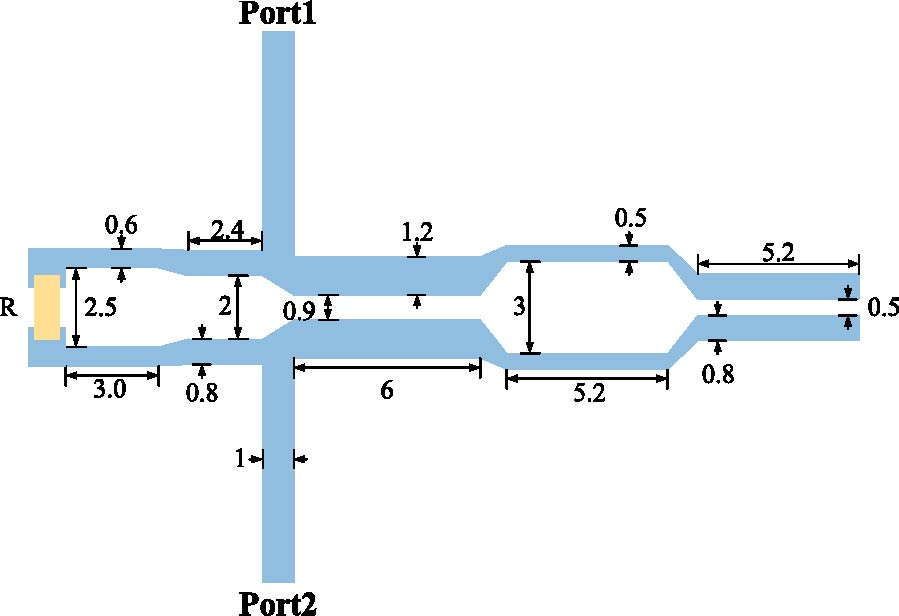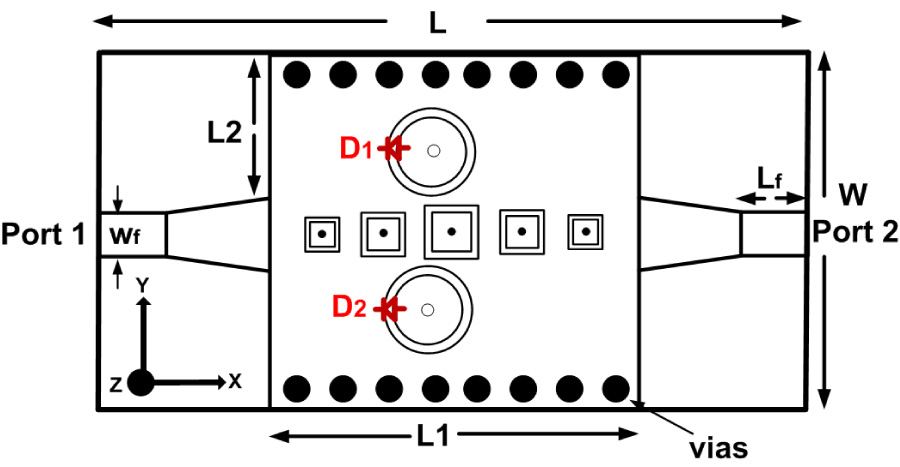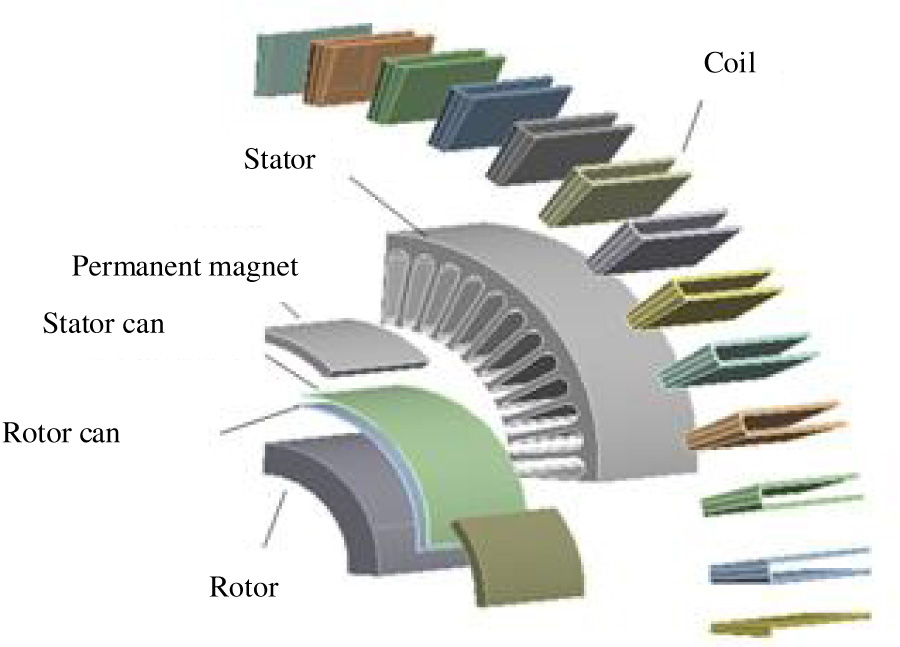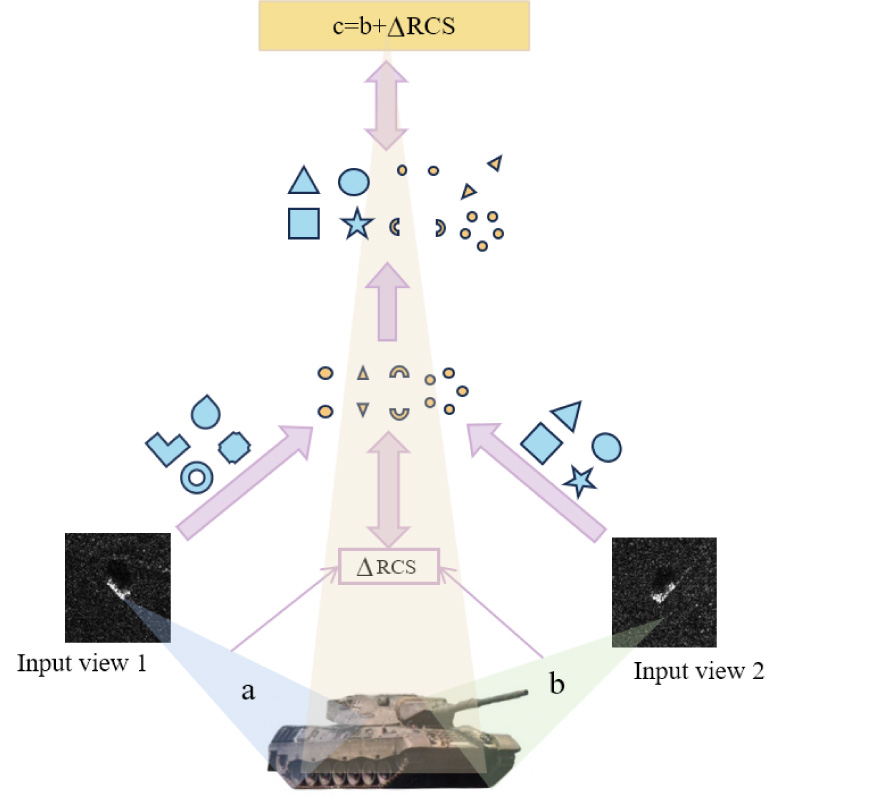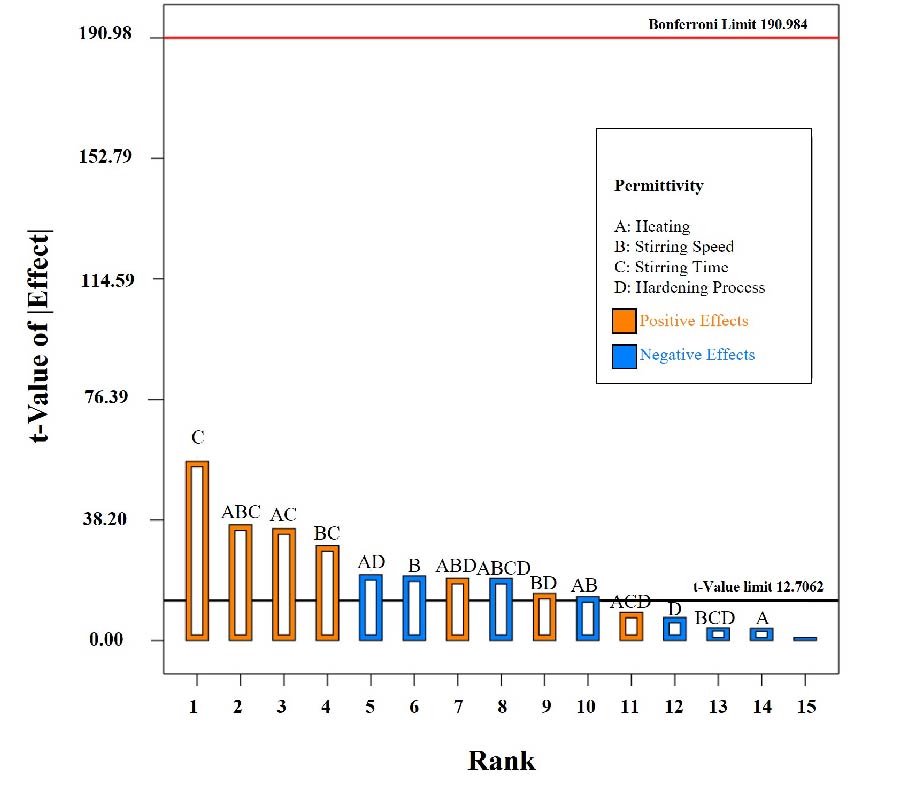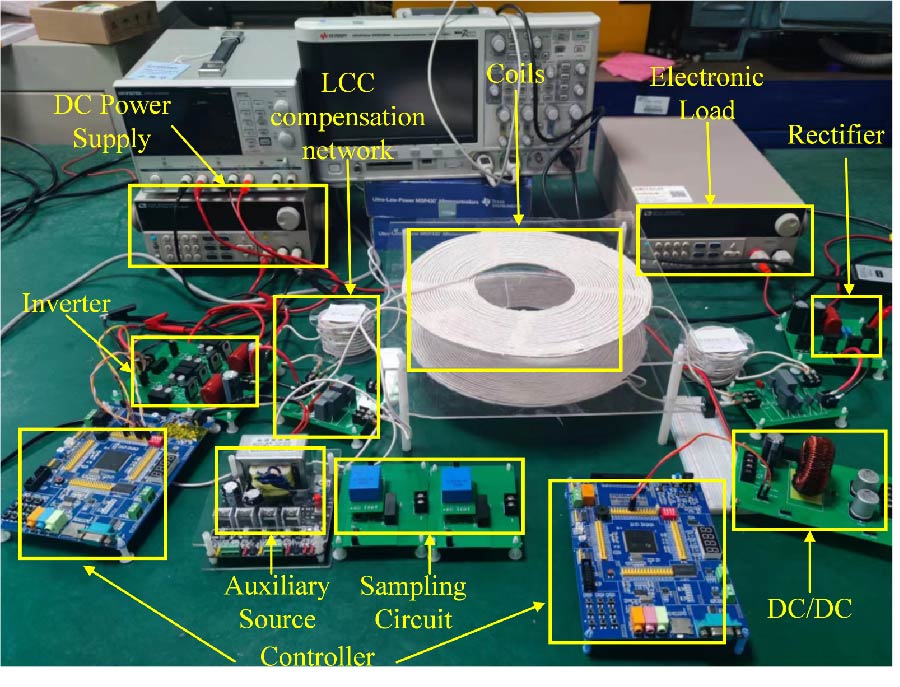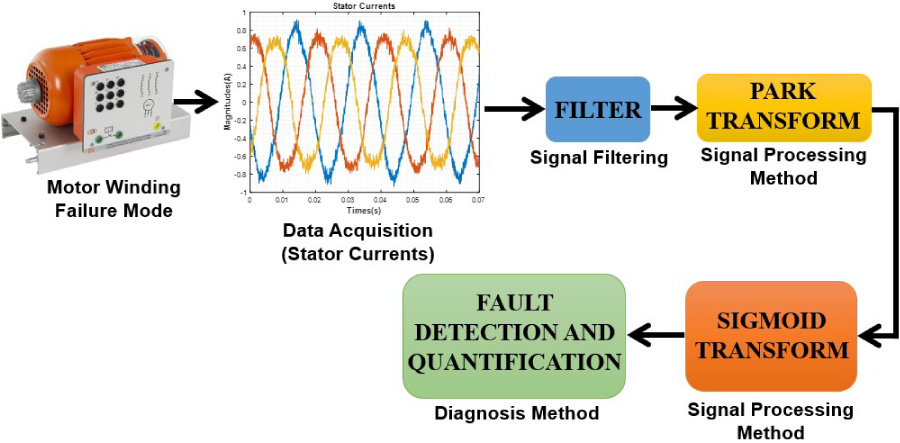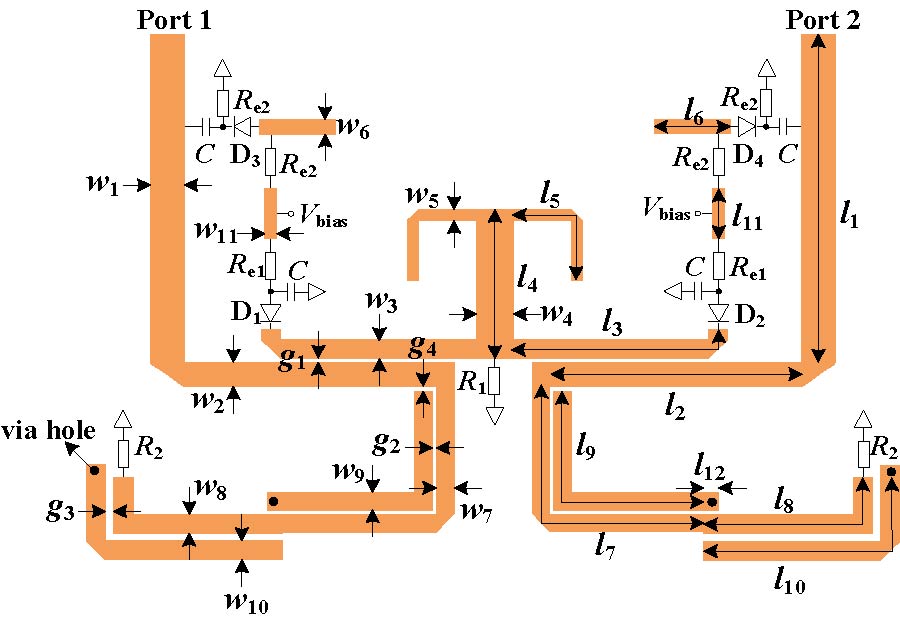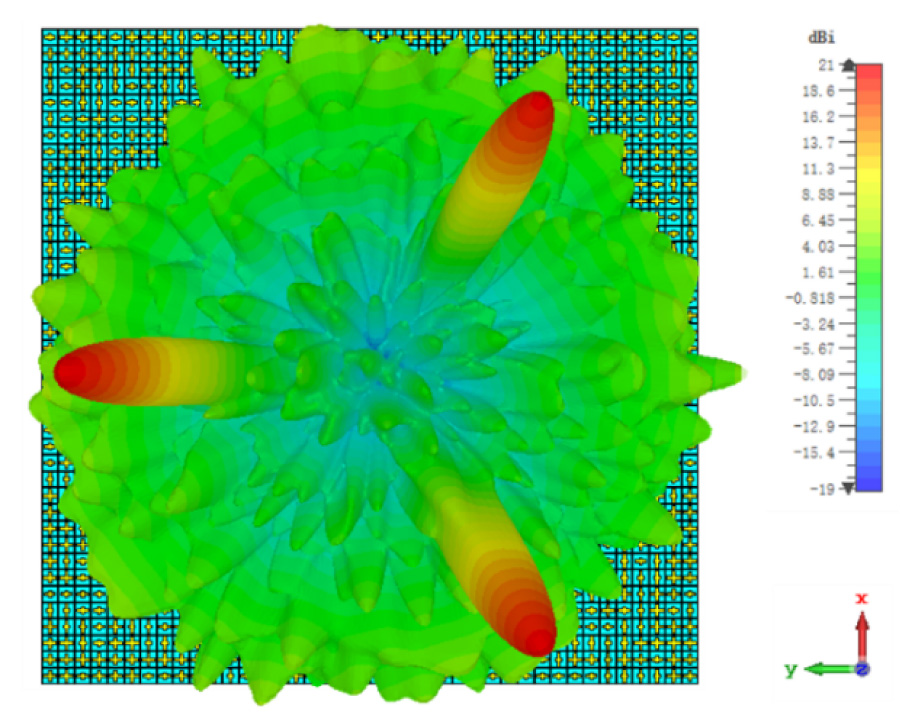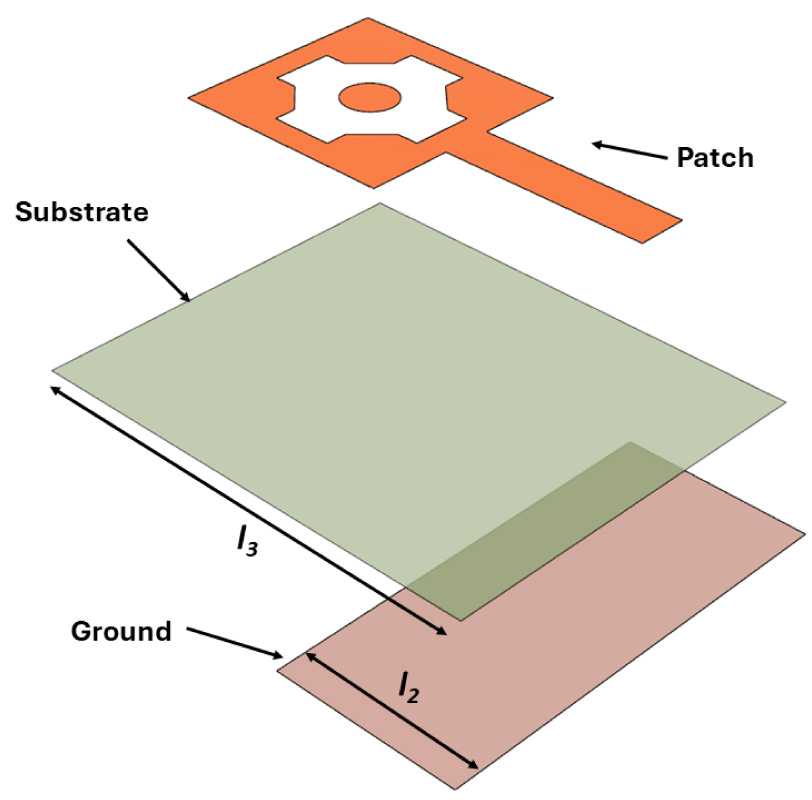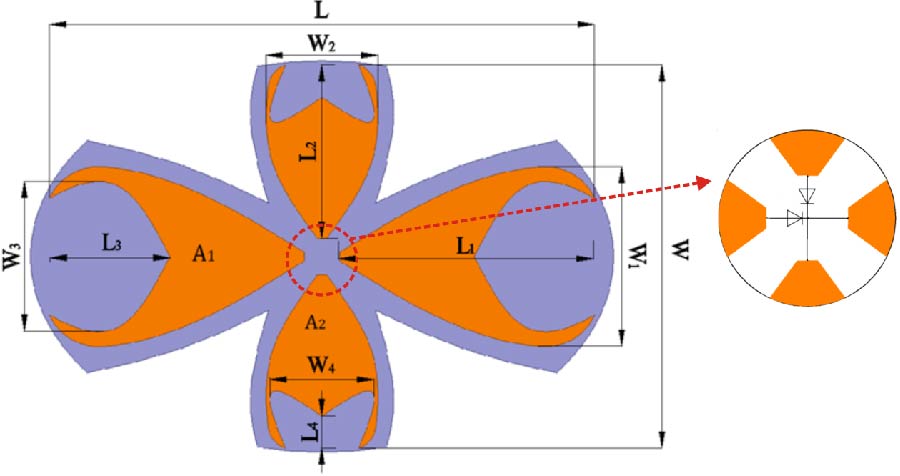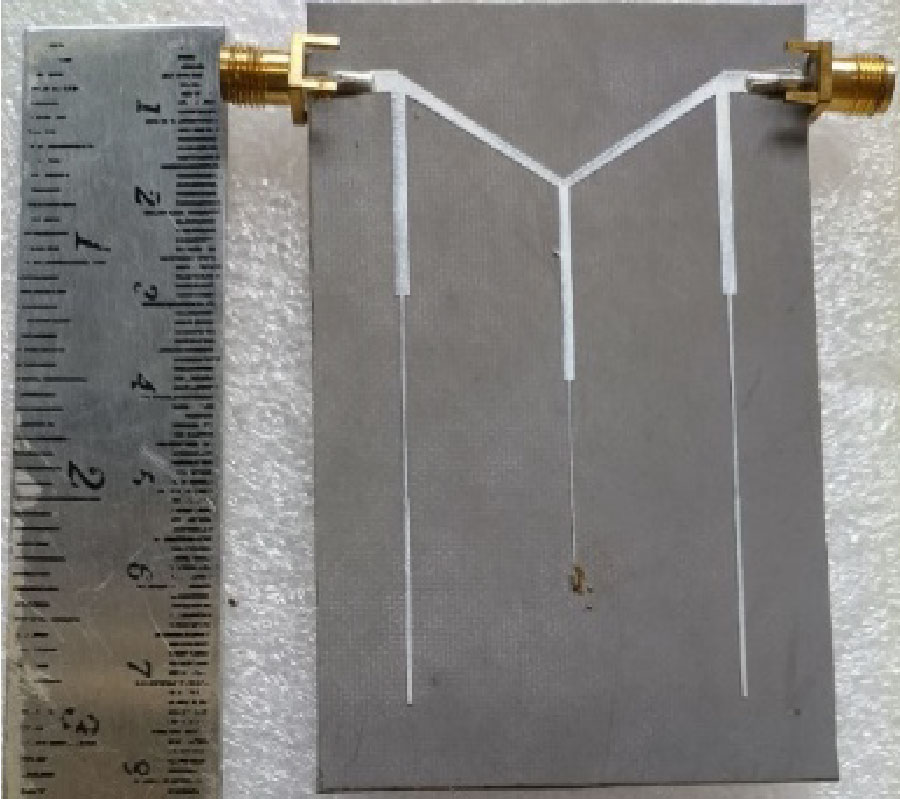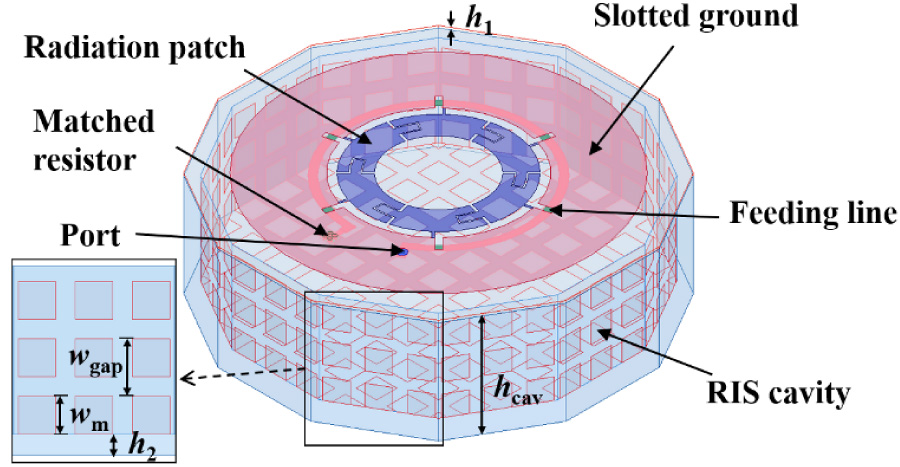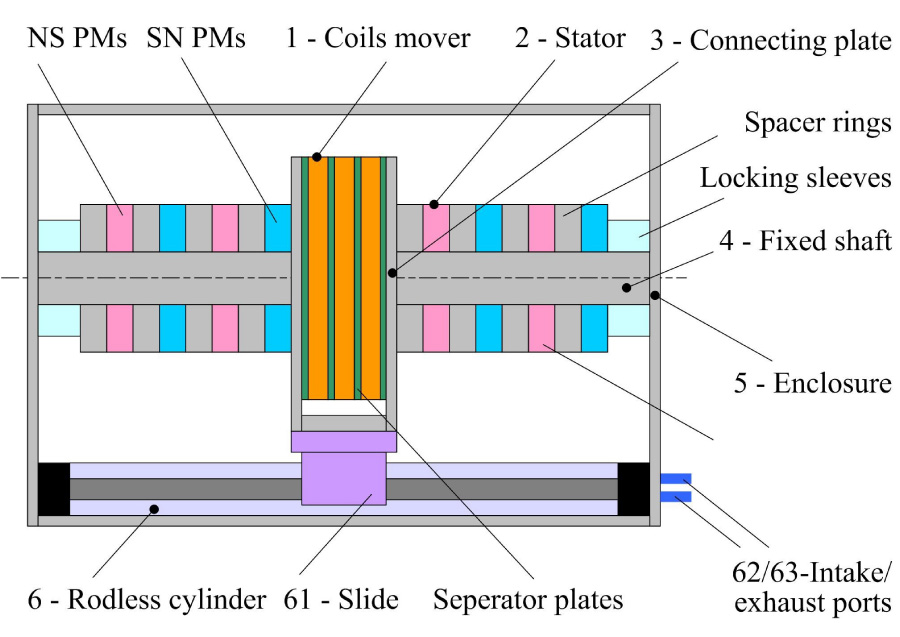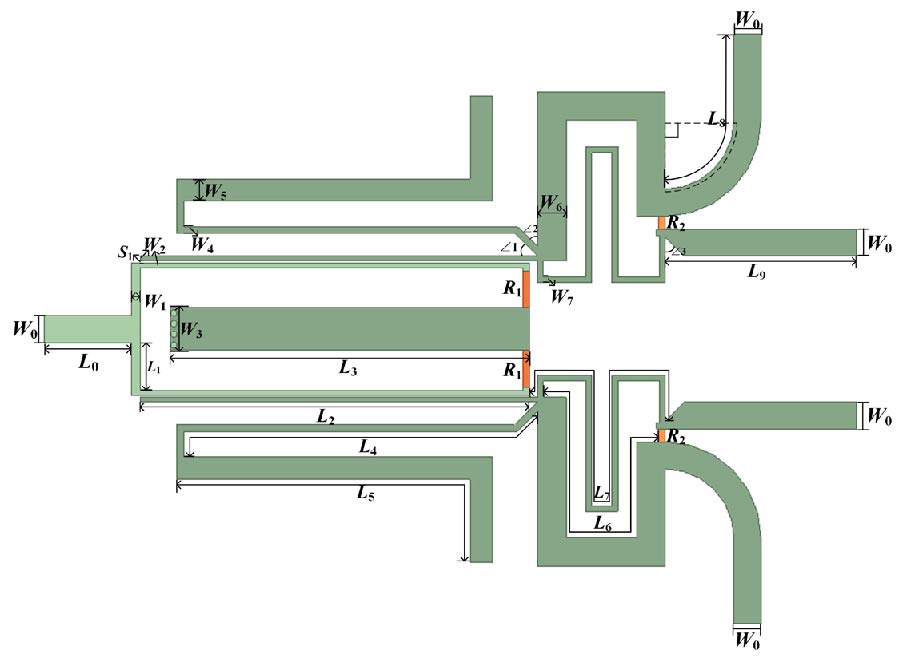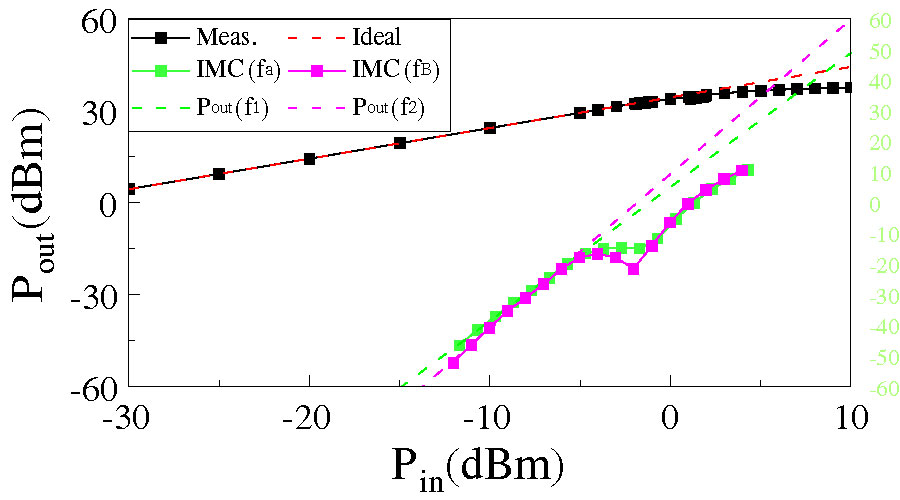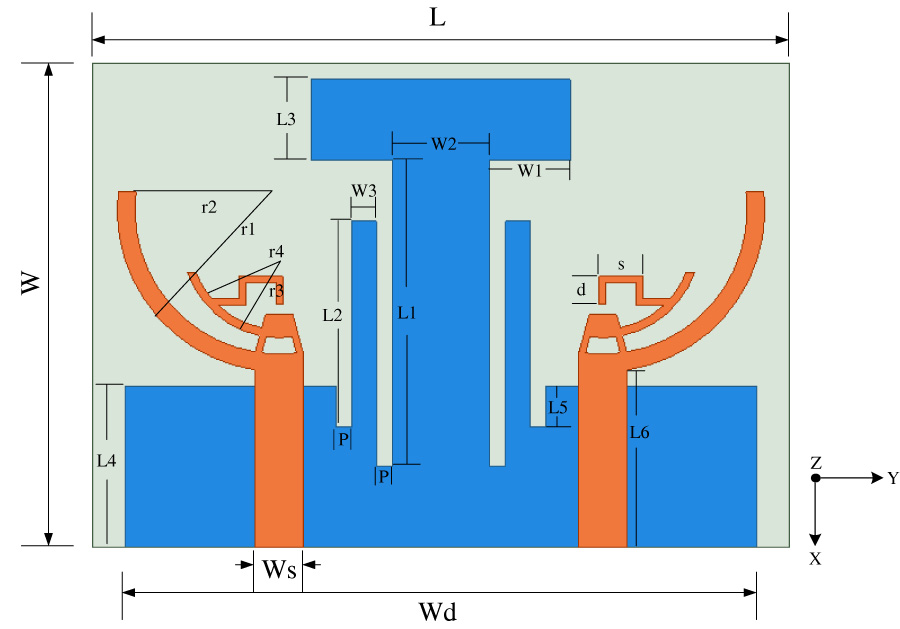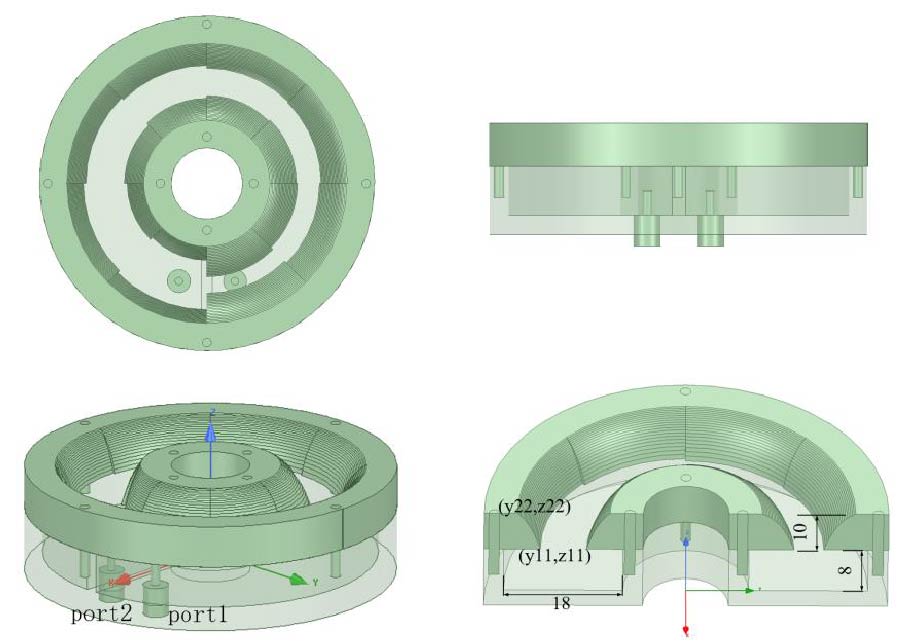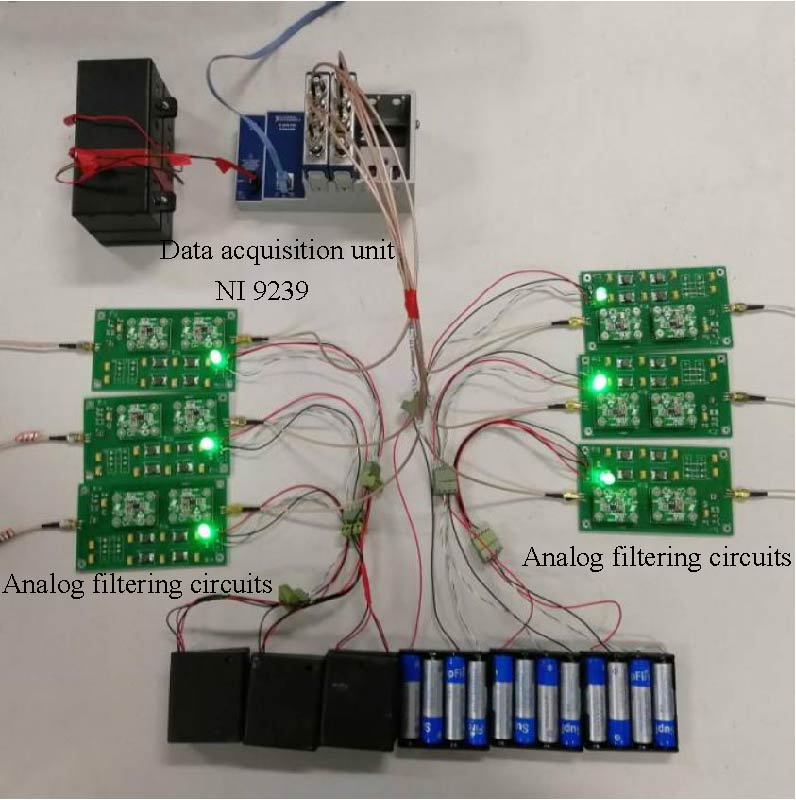Factorial Analysis on the Preparation of Barium Titanate-Epoxy Resin Composite for Antenna Substrate
Nur Sofia Idayu Didik Aprianto,
Nurulfadzilah Hasan,
Nurul Izzah Izzaty Mohd Nadzri,
Nurfarhana Mustafa,
Loh Fui Qi,
Ahmad Afif Mohd Faudzi,
Nurhafizah Abu Talip Yusof and
Mohamad Shaiful Abdul Karim
This study investigates the preparation and characterization of barium titanate-epoxy resin composites, focusing on main factors influencing the dielectric properties of that composite materials. Using a 2k fractional factorial design, the effects of heating temperature, stirring speed, stirring time, and hardening process on the permittivity were thoroughly investigated. Sixteen samples were prepared and analyzed using Design-Expert software, with permittivity measurements conducted via the waveguide method and a Vector Network Analyzer (VNA) in the 4-6 GHz range. Results show significant impacts from stirring time and speed, with optimal conditions identified as 50°C heating, 500 rpm stirring speed, three minutes stirring time, and room temperature hardening from two-level factorial analysis (TLFA). These findings provide valuable insights into the best fabrication conditions for barium titanite-epoxy resin composites, contributing to the development of antenna substrate with a permittivity value of 7.0208 and a loss tangent of 0.0238 that is suitable for high-frequency communication applications.
